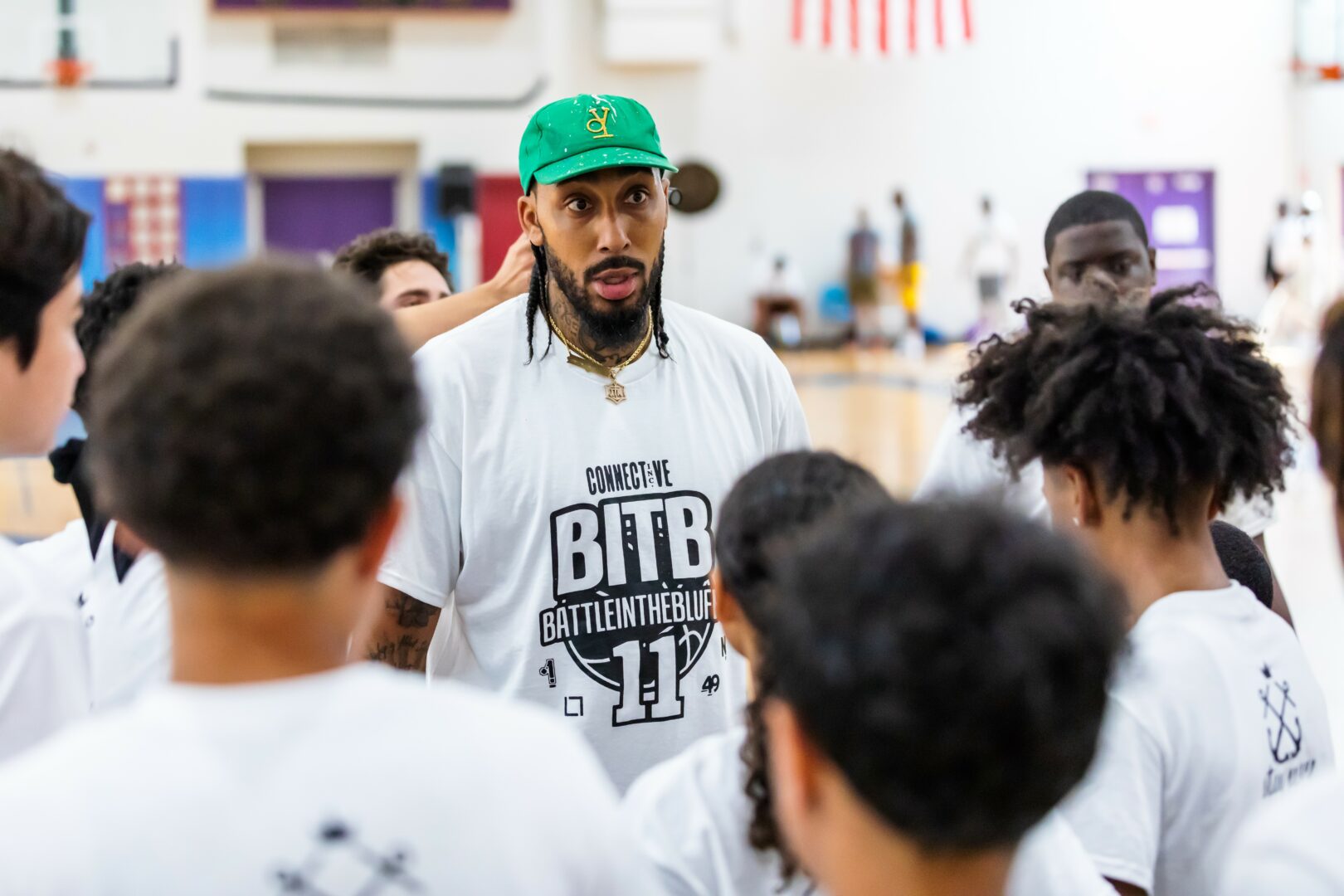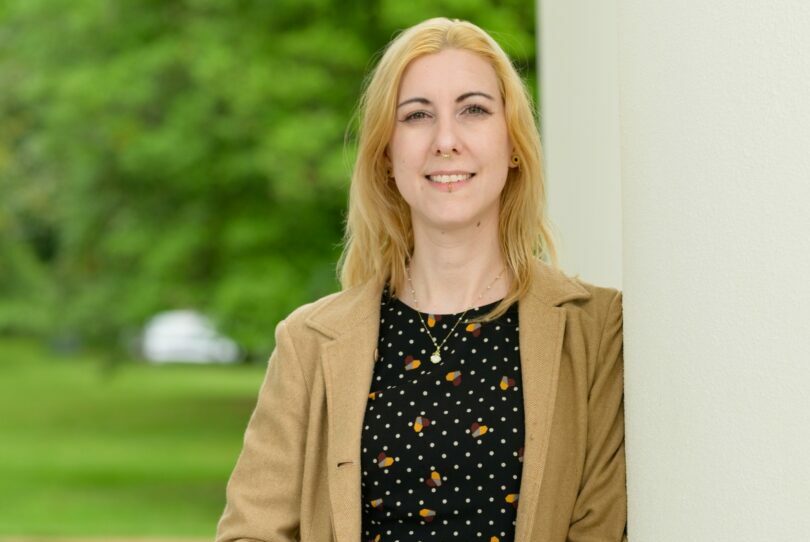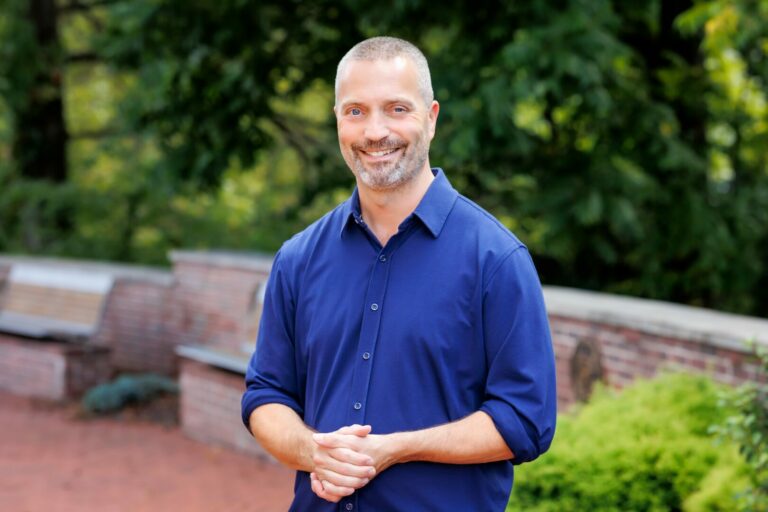We recently had the chance to connect with Ian Thomas-Minor and have shared our conversation below.
Ian , we’re thrilled to have you with us today. Before we jump into your intro and the heart of the interview, let’s start with a bit of an ice breaker: Have you stood up for someone when it cost you something?
Absolutely. Much of my career has been about standing up for young people, often in spaces where their voices weren’t heard or where systems worked against them. As a nonprofit leader and now as a Juvenile Detention Supervisor, I’ve been intentional about advocating for reform over recidivism — which hasn’t always been easy. For example, there have been times when I challenged policies or “business as usual” approaches inside youth facilities and schools, knowing it could put me at odds with leadership. I did it anyway because I knew rewarding compliance without building true accountability was setting kids up to fail once they reentered their communities.
Even outside of detention centers, I’ve built programs like the Fern Fund and Battle in the Bluffs that give youth — especially young women of color and justice-involved youth — access to opportunities and experiences they’ve historically been denied. That meant asking sponsors, institutions, and even colleagues to reimagine what was possible, sometimes risking relationships or funding. But standing up in those moments has led to real change: students interning with women of color entrepreneurs, youth earning credentials through Earn Your Stripes, or young people leaving detention better prepared to succeed.
So yes, I’ve stood up when it cost me something. But the way I see it, the cost is temporary. The impact on a young person’s life — their dignity, their belief in themselves, their ability to succeed — is worth it every single time.
Can you briefly introduce yourself and share what makes you or your brand unique?
My name is Ian Thomas-Minor, and I’m the Founder and Executive Director of Connective Inc., a nonprofit dedicated to empowering young people through literacy, sports, arts, and experiential learning. What makes our work unique is how we intentionally blend culture with impact — from our Battle in the Bluffs youth leadership and basketball tournament, now in its 15th year, to the Fern Fund, which takes young women of color on all-expense-paid experiential learning journeys to Martha’s Vineyard, pairing them with mentorship and career opportunities.
I also serve as a Juvenile Detention Supervisor, where I work to shift facility culture from punishment to reform by implementing trauma-informed, restorative, and skill-building programs. Across both spaces, my mission has been consistent: to create sustainable, scalable opportunities that don’t just inspire, but transform the lives of young people — especially those navigating the toughest environments.
Right now, I’m focused on building national collaborations with schools, community organizations, and even sports teams to scale our model of “reform over recidivism” and intentional impact. For me, this isn’t just work — it’s legacy. Every program, partnership, and initiative is a way to plant seeds that will help the next generation grow into leaders, creators, and change-makers.
Appreciate your sharing that. Let’s talk about your life, growing up and some of topics and learnings around that. Who were you before the world told you who you had to be?
Before the world told me who I had to be, I was a kid from Brooklyn who loved basketball, creativity, and connection. I was curious, driven, and deeply rooted in family — especially the influence of my mother, whose legacy inspired the Fern Fund. I saw the world through possibility, not limitations, and I believed that culture, community, and sports were more than hobbies — they were pathways to belonging and leadership.
Over time, systems and expectations tried to narrow that vision, but I’ve fought to hold onto it. That’s why I’ve built programs through Connective Inc., worked in juvenile justice, and created spaces where young people can see themselves as more than their circumstances. In many ways, the work I do now is about helping youth return to their truest selves — the version of themselves before the world tried to box them in.
What have been the defining wounds of your life—and how have you healed them?
The most defining wound of my life was losing my mother. That loss left a deep void, but it also gave me the clarity to carry her legacy forward in a way that would continue to touch lives. Out of that pain, I created the Fern Fund, an experiential learning initiative for young women of color that not only honors my mother’s name but also reflects her spirit of nurturing, strength, and possibility.
That wound also fueled my decision to continue building Connective Inc., the nonprofit I founded, and to keep expanding its reach. Every program — from Battle in the Bluffs to Earn Your Stripes to the work we do in juvenile detention centers — is a way of transforming grief into growth, both for myself and for the young people I serve.
Healing for me hasn’t been about erasing the pain, but about channeling it into purpose. By creating opportunities for others, I honor my mother’s influence and turn what could have been a stopping point in my life into a launching pad for legacy. That process continues every day, as I watch young people seize opportunities that my mother would be proud to see me building for them.
Sure, so let’s go deeper into your values and how you think. What are the biggest lies your industry tells itself?
In education, one of the biggest lies we tell ourselves is the idea of “No Child Left Behind.” The reality is that kids are left behind every day — not because they lack potential, but because the system isn’t designed to nurture their leadership, creativity, or whole selves. Schools talk about creating leaders, but too often the structure is about compliance and standardized outputs rather than cultivating vision, voice, and agency in young people.
In the juvenile justice system, the lie is that reform is truly the goal. The truth is harder: reform is not a good business model for the prison industrial complex. Recidivism is. It operates like a subscription-based plan — beds get filled, cycles repeat, and the system sustains itself off of failure. The 13th Amendment’s loophole makes this possible, and the system profits from it. What’s missing is a commitment to reform over recidivism, to building systems that help young people transition into functional adulthood instead of setting them up to come back.
For me, naming those lies is important — but so is proving through action that a different model is possible. That’s what I’ve tried to do through Connective Inc., the Fern Fund, and my work in detention centers: to create spaces where leadership, opportunity, and reform aren’t just talking points, but lived realities.
Okay, we’ve made it essentially to the end. One last question before you go. If you laid down your name, role, and possessions—what would remain?
If I laid down my name, role, and possessions, what would remain is the impact — the lives touched, the systems we disrupted, and the leaders we helped cultivate. Titles and things can fade, but the young people who came through Connective Inc., the Fern Fund, Battle in the Bluffs, or even the detention centers I’ve worked in will carry the work forward in their own unique ways. What remains is legacy — the seed of leadership planted in each of them, growing into something larger than me. That’s the true measure of success: not what I built for myself, but what I helped unlock in others that continues long after I’m gone.
Contact Info:
- Website: https://www.connectiveinc.org/
- Instagram: @ConnectiveInc
- Linkedin: https://www.linkedin.com/in/ian-thomas-minor-56b97b40/
- Youtube: https://www.youtube.com/@connectiveinc.non-profit6506
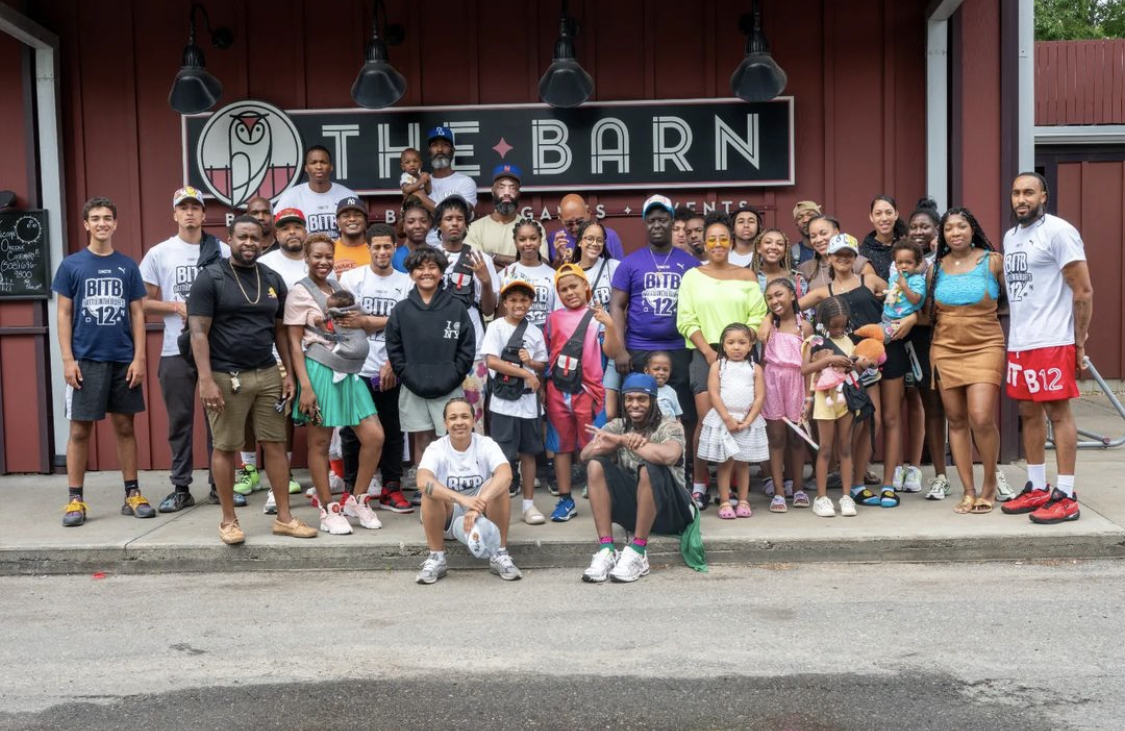
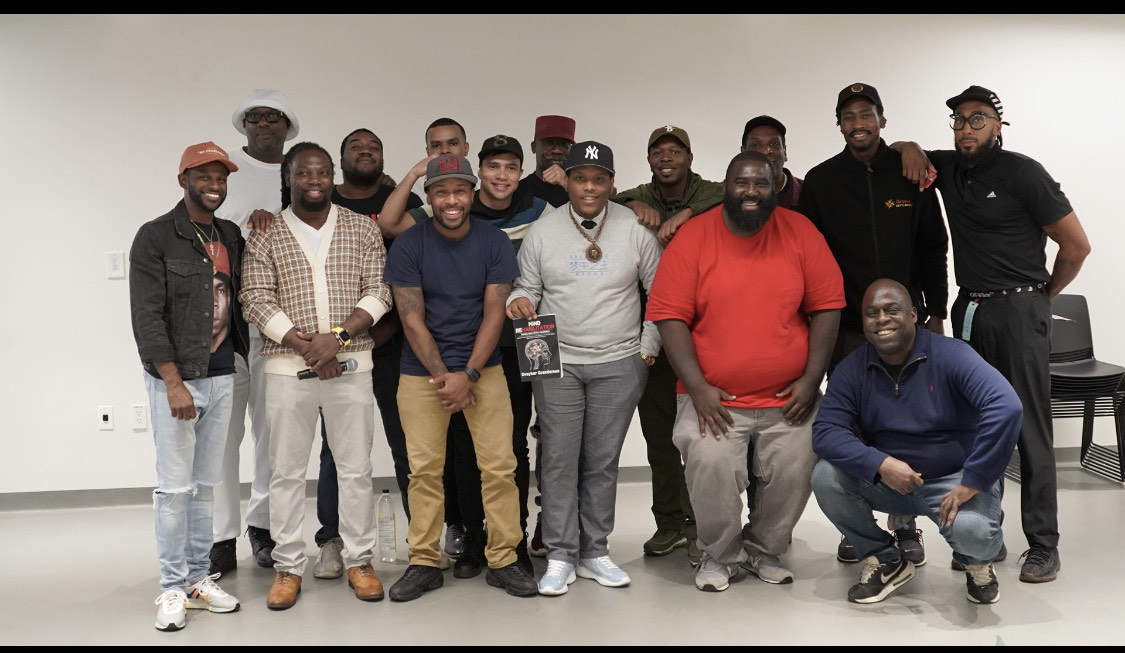

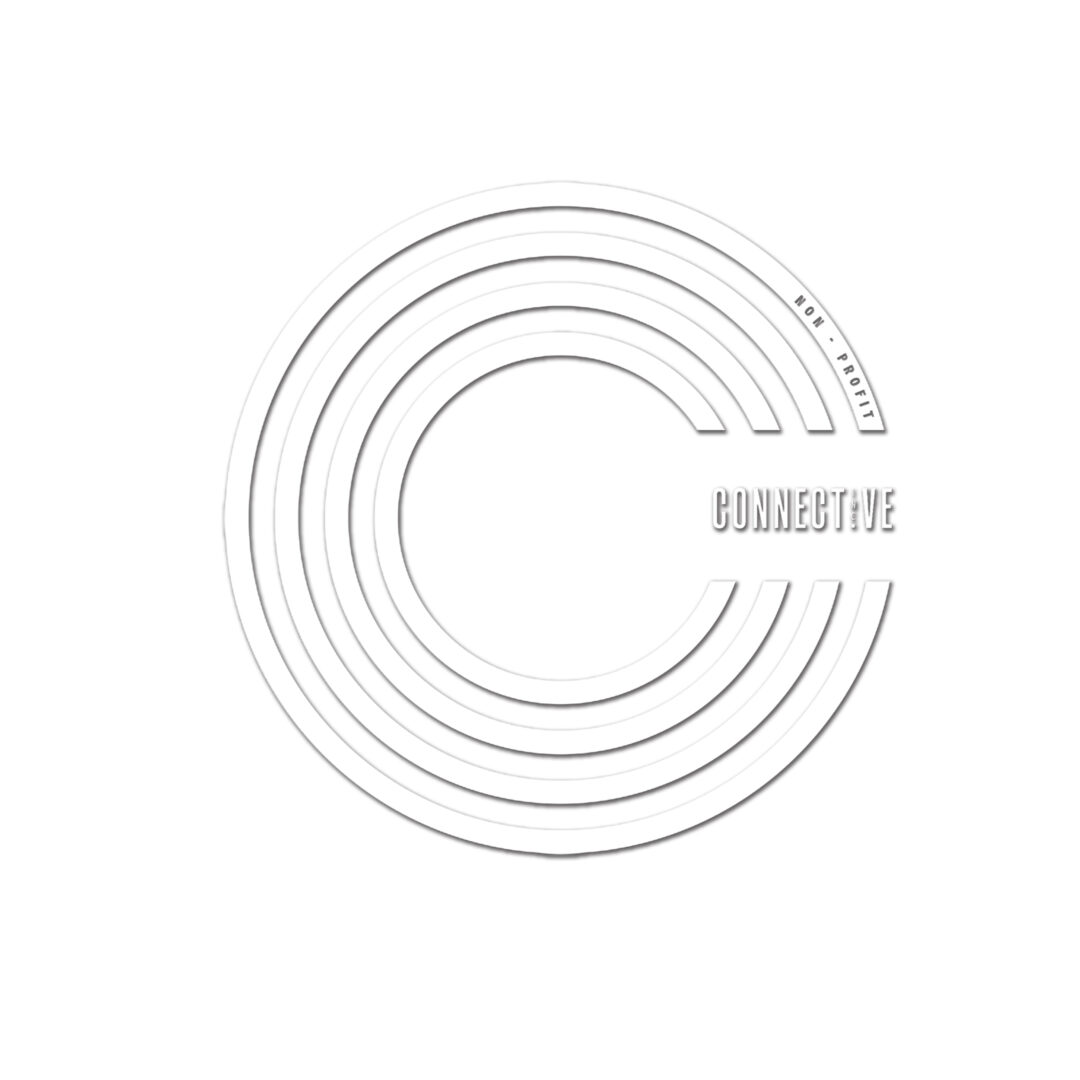
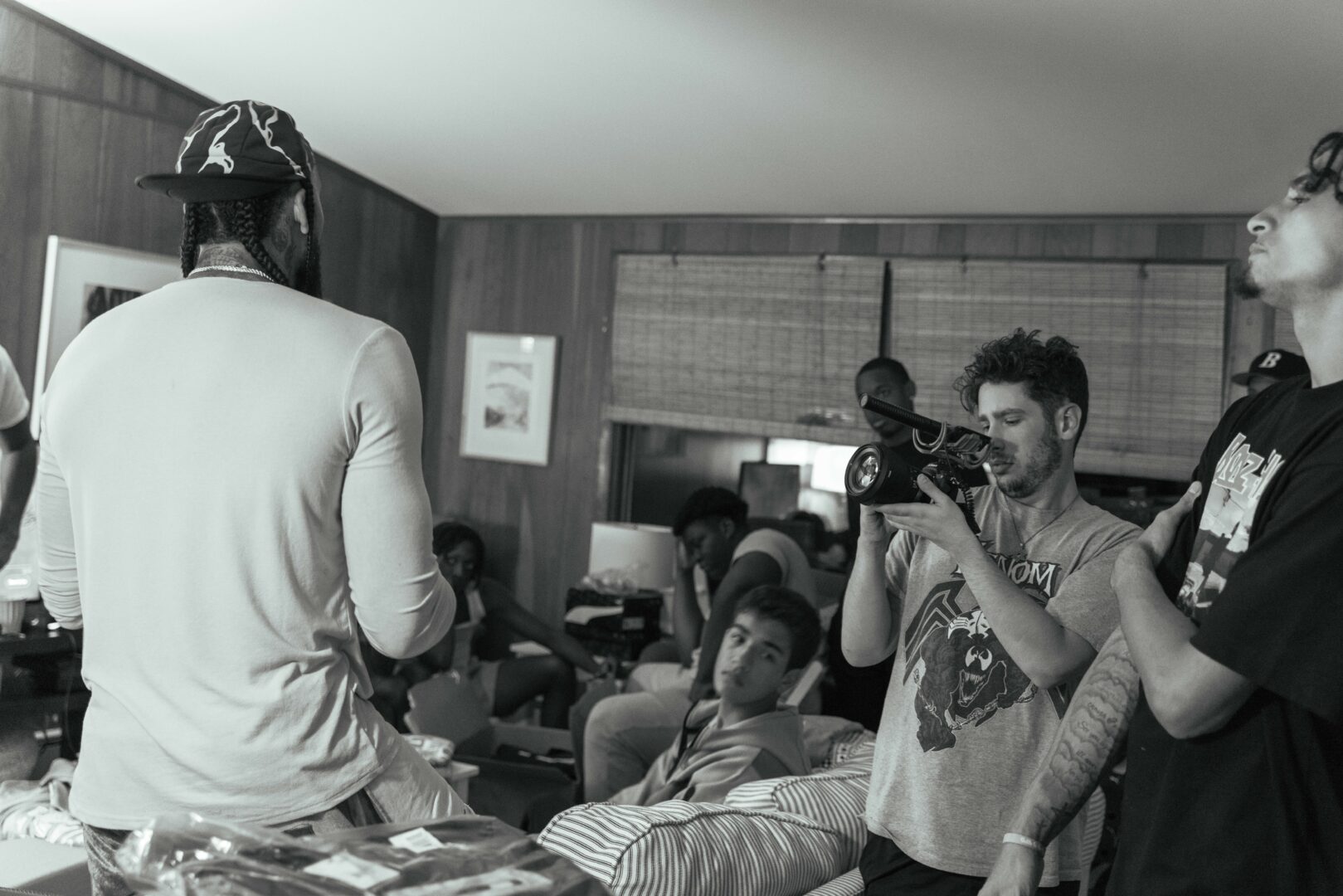
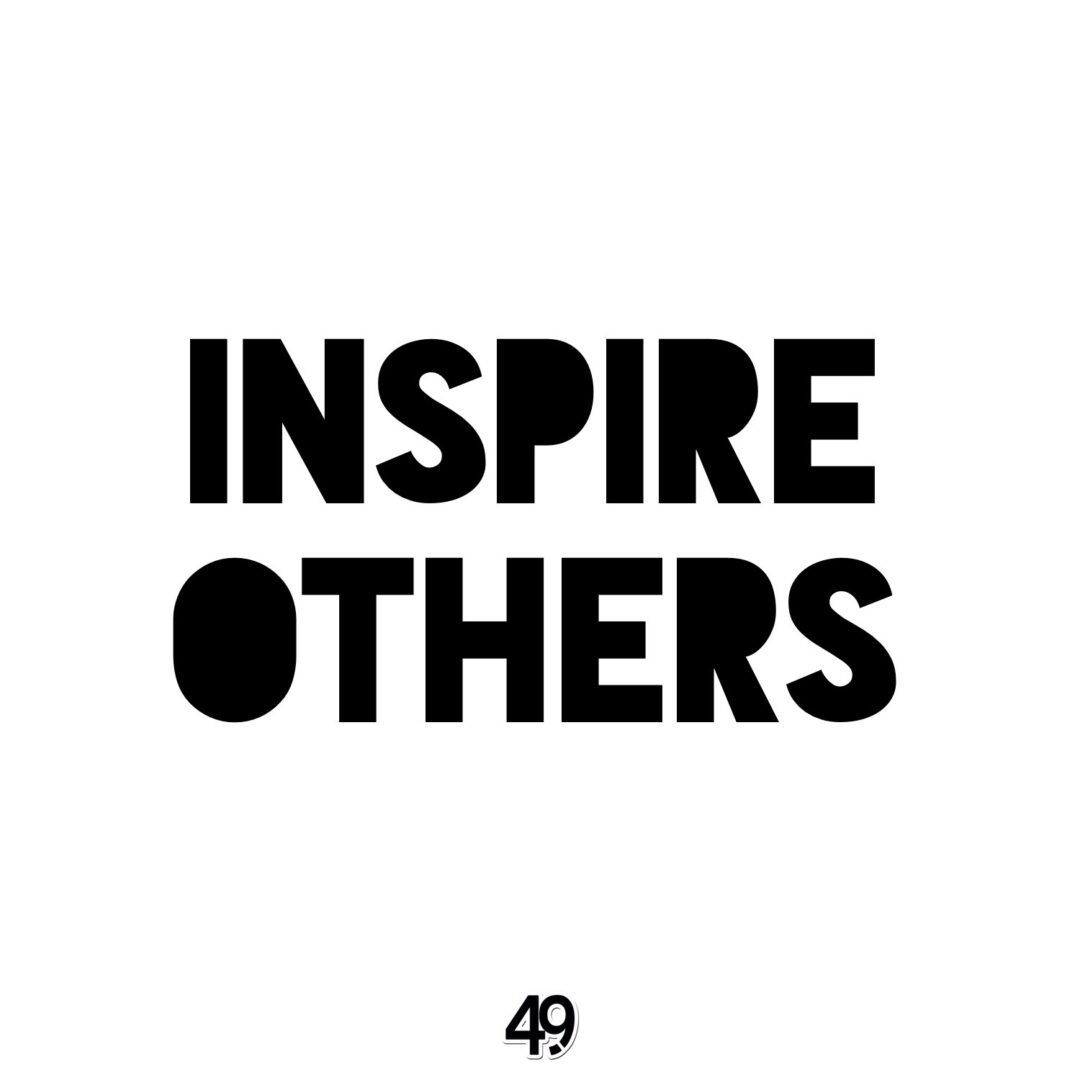

Image Credits
Joseph Dominkowitz
Andre Vanterpool
Zanai Thomas-Minor
so if you or someone you know deserves recognition please let us know here.

